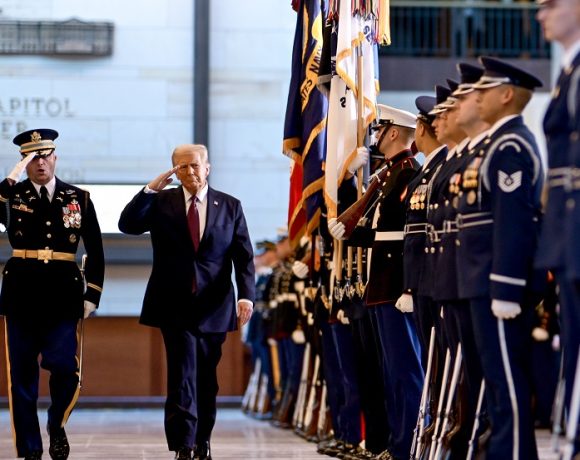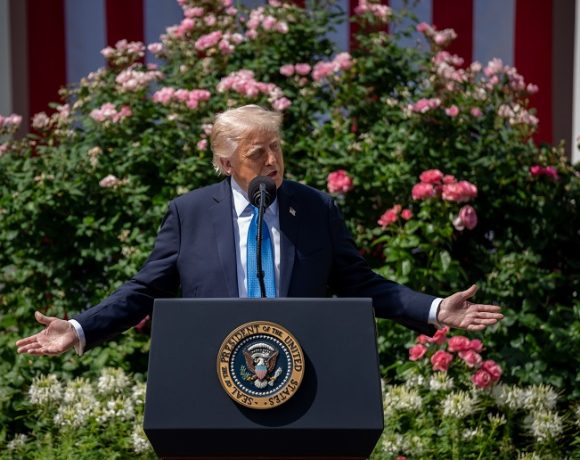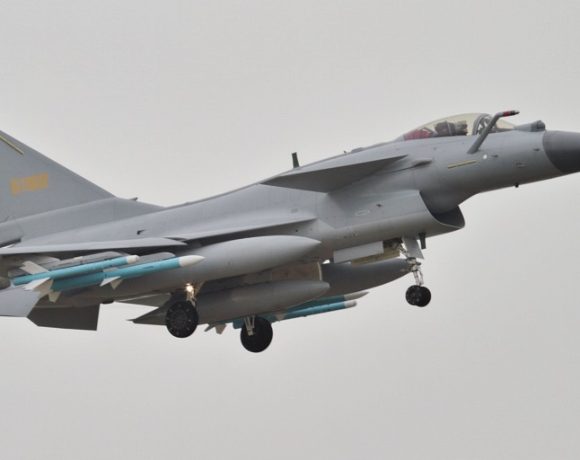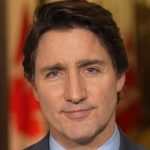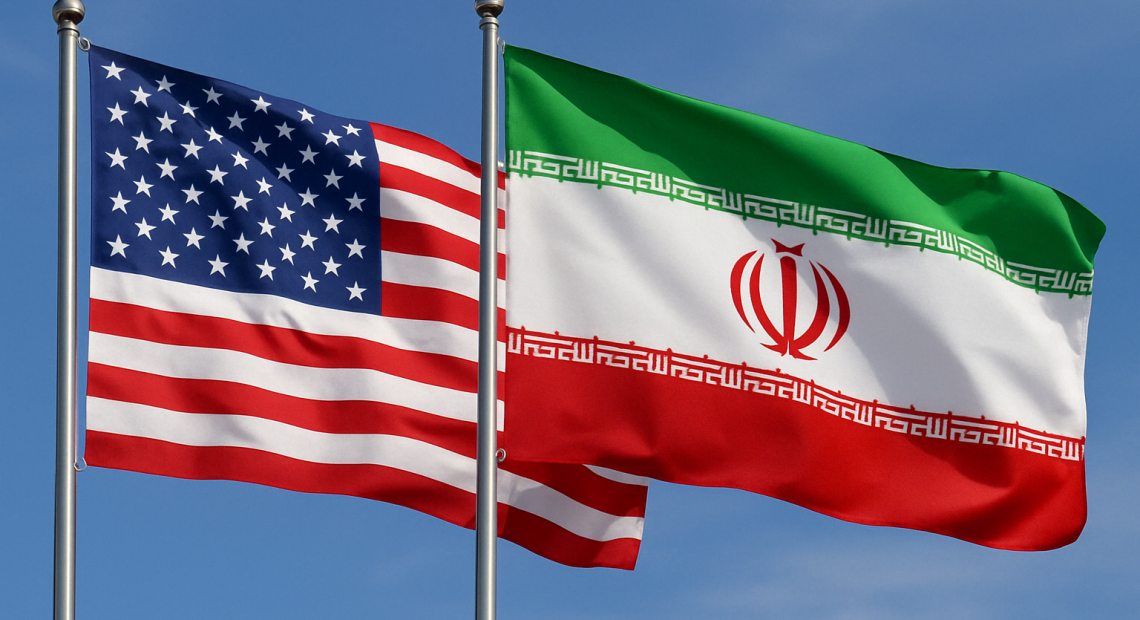
US-Iran Nuclear Talks in Rome Yield Progress, Oman Talks Next
The second round of indirect nuclear talks between the United States and Iran concluded in Rome on April 19, 2025, with both sides agreeing to continue discussions at a more technical level. The negotiations, which lasted nearly four hours, were hosted at the Omani Embassy in Rome and facilitated by Oman’s foreign ministry. While tensions remain, the talks have been described as “constructive” by Iranian officials, and a clear roadmap has been set for the next phase of negotiations.
Leading the respective delegations were US envoy Steve Witkoff and Iran’s Foreign Minister Abbas Araghchi. Following the talks, Araghchi stated that the two parties “managed to reach a better understanding on a series of principles and goals,” adding that there is now momentum toward resolving key issues. Both sides have agreed to resume expert-level discussions on April 26 in Oman.
Key Focus: Uranium Enrichment and Sanctions Relief
A primary sticking point in the negotiations continues to be Iran’s uranium enrichment program. While the United States is pushing for a complete halt to enrichment activities and dismantling of advanced centrifuges, Iran remains firm on its right to continue peaceful nuclear research and maintain enrichment capabilities within certain limits. Tehran insists that its program is civilian in nature and non-military.
Despite the divergence in core demands, there appears to be a willingness on both sides to design a mutually agreeable framework. The next round of expert-level talks in Oman is expected to focus on setting specific thresholds for enrichment, timelines for dismantling certain nuclear infrastructure, and mechanisms for phased sanctions relief.
Broader Geopolitical Stakes
These talks come at a time of escalating tensions in the Middle East, with ongoing conflict in Gaza, instability in Yemen, and increased security concerns around nuclear proliferation. The United States has reiterated that while diplomacy remains its preferred route, all options remain on the table should negotiations collapse.
Meanwhile, Israel has reportedly floated limited military options targeting Iran’s nuclear infrastructure—suggestions that could further complicate US efforts to reach a deal. Any such escalation could not only jeopardize the talks but also trigger regional destabilization.
The outcome of these diplomatic engagements will be crucial in shaping the future of US-Iran relations, regional peace, and the global stance on nuclear non-proliferation. With eyes now set on the upcoming Oman discussions, there is cautious optimism that a path toward de-escalation and agreement may still be possible.



